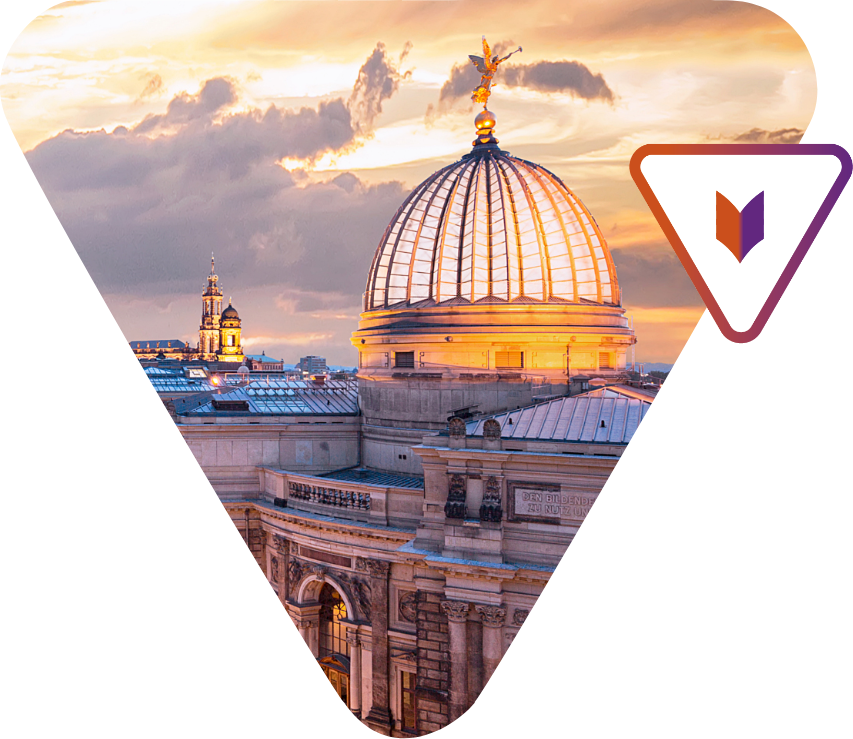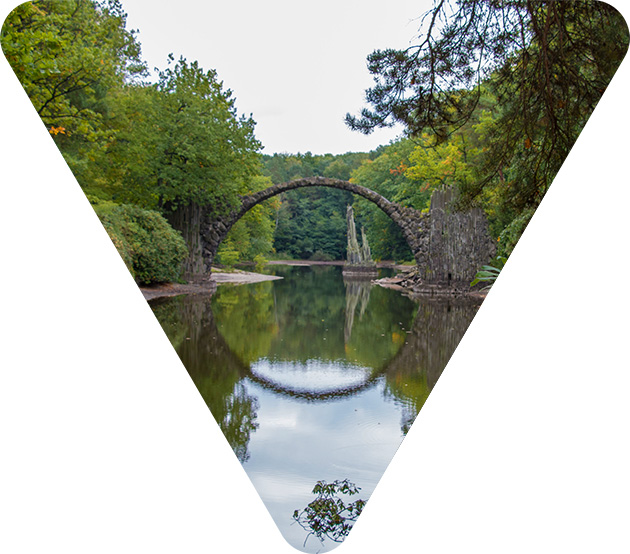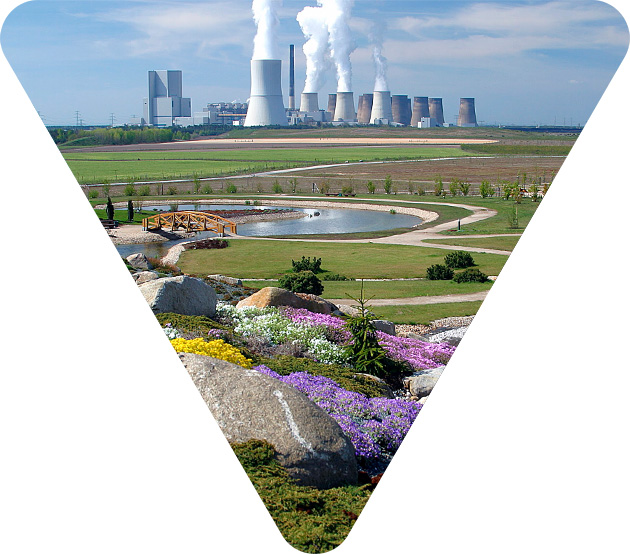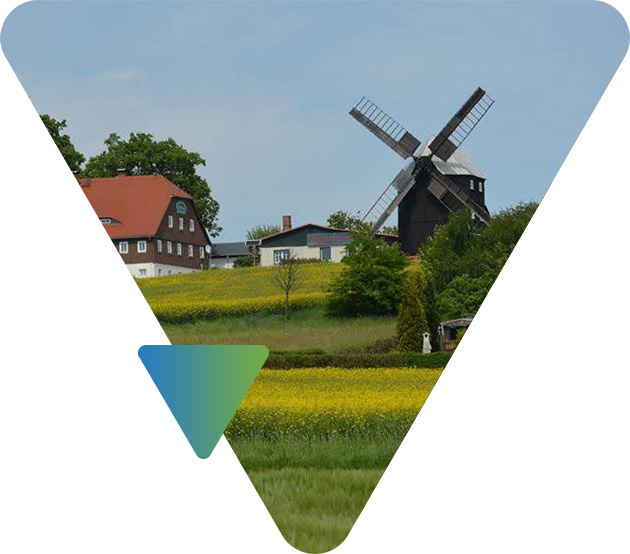Picture credits: Entwicklungsgesellschaft Niederschlesische Oberlausitz mbH
With over 4,000 Gothic, Renaissance, Baroque, Wilhelminian and Jugendstil buildings preserved in their original state, Görlitz is one of Germany's most important cultural monuments. Even those who are not interested in culture are bound to have seen Görlitz town centre before – as the setting of Quentin Tarantino’s Hollywood blockbuster "Inglourious Basterds", or "The Reader" starring Kate Winslet. That’s "Görliwood" for you.
One impressive relic of the district’s eventful history is the palace and Fürst Pückler Park in Bad Muskau, which have been awarded UNESCO World Cultural Heritage status. Other visitor magnets include the unique foundling park in Nochten, the medieval castle and monastery ruins on the Oybin in Upper Lusatia, and the beautiful rhododendron park at Kromlau, with its romantic Rakotzbrücke or Devil's Bridge. The Great Zittau Lenten Cloth dating to 1472 is well known among the world's historians.
Craft traditions still survive everywhere in the region, such as the unique Upper Lusatian Umgebindehäuser, a type of timber-framed house which is preserved hereabouts in unrivalled variety. The Sorbs, a national minority who live in the north of the Görlitz district, observe their customs with confidence, from the “birds’ wedding” in January to the proud presentation of the traditional bridesmaids’ costumes at Corpus Christi. The ethnic group’s artistically painted Easter eggs and lace are bestsellers at many decorative arts and souvenir shops.








